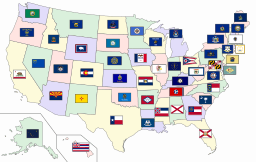
In Oklahoma, a law has been proposed to allow homeowners to shoot down drones that fly over their property. The proposal not only threatens a dangerous precedent, but contravenes federal law which declares that it is unlawful to shoot down aircraft; and the FAA clearly defines drones as aircraft. Oklahoma is a state that actively courts the drone industry from the standpoint of commerce: by making drones a target, legislators risk discouraging commercial operators for all kinds of current and future applications.
These laws, designed to protect personal property rights, go much further – limiting not only the drone industry but the potential benefit that drones could provide to those citizens. Requiring drones to follow public roads eliminates some of the time benefit that might be realized in “as the crow flies” drone delivery: while constituents might not be concerned with a time delay waiting for their Amazon package, they might feel differently about the delivery of a life-saving cardiac device to an accident scene, or blood plasma to a remote health clinic. A lack of information about what drones can do – and how they might do it – leads to regulations based only on anticipated problems.
The regulations have prompted comment from industry leaders who fear that states will undo the regulatory progress made by the FAA. The drone industry has been advocating to promote drone safety and sensible regulation on a federal level, and working fast to provide technology tools that better allow drone operators to follow the rules. With the flood of state regulations, the industry is struggling to manage a multi-front campaign to change public perception about drone technology while keeping up with increasing layers of regulation.
“The FAA and private industry have already made significant strides to assure public safety with respect to drones, including last year’s approval of the FAA’s Part 107 rule, the inclusion of sense and avoid technology in many of the latest drone models, and the adoption of tools to help drone pilots easily understand where they are and are not allowed to fly,” says Mike Winn, CEO and co-founder of DroneDeploy, an industry leading aerial mapping platform. “For example, pilots using DroneDeploy’s mobile app for planning flights can view notifications from airspace intelligence company, Airmap, to make sure that they do not encroach upon any airspace restrictions.”
“State-by-state drone regulations such as the ones proposed this week in Oklahoma and Montana set a bad precedent because they generate confusion among remote pilots, law enforcement and the public about what drone activities are and aren’t allowed,” says Winn. “These make it harder for operators using drones for legitimate commercial purposes to keep track of regulations and maintain compliance. By comparison, nationwide regulations from the FAA help provide regulatory clarity and allow for efficient activity by drone pilots, airmen, and law enforcement alike.”
Miriam McNabb is the Editor-in-Chief of DRONELIFE and CEO of JobForDrones, a professional drone services marketplace, and a fascinated observer of the emerging drone industry and the regulatory environment for drones. Miriam has penned over 3,000 articles focused on the commercial drone space and is an international speaker and recognized figure in the industry. Miriam has a degree from the University of Chicago and over 20 years of experience in high tech sales and marketing for new technologies.
For drone industry consulting or writing, Email Miriam.
TWITTER:@spaldingbarker
Subscribe to DroneLife here.

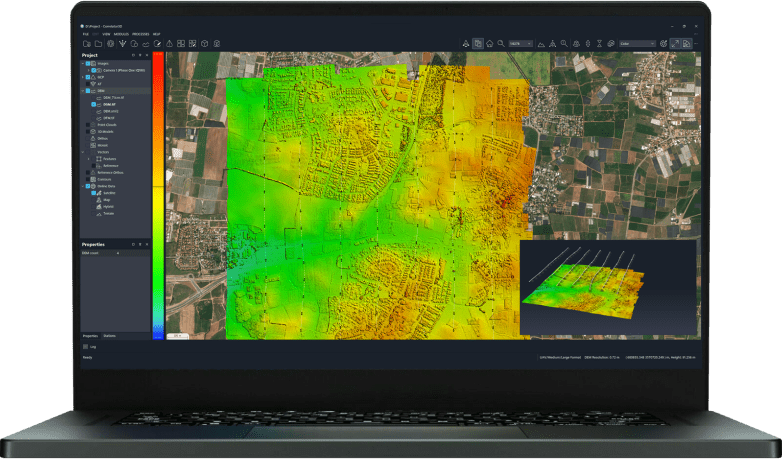
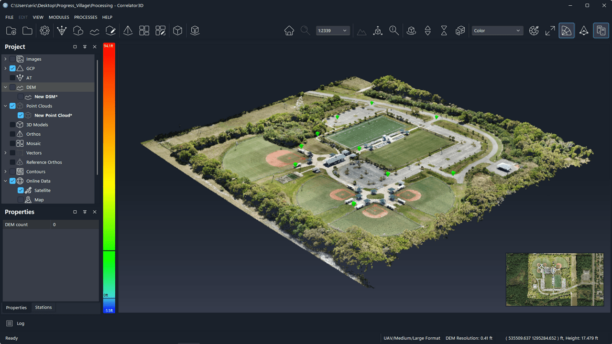
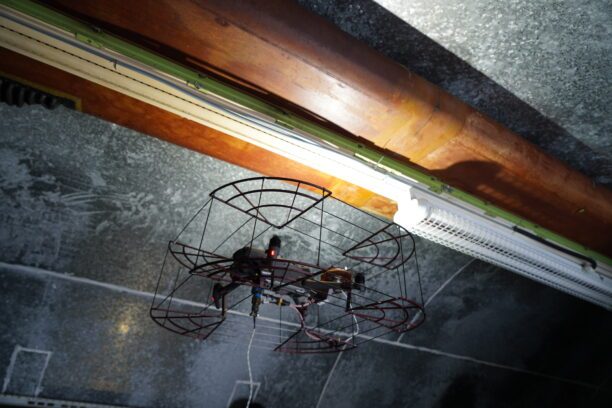
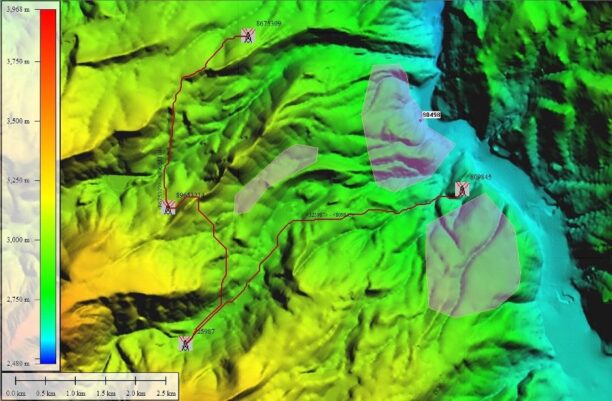
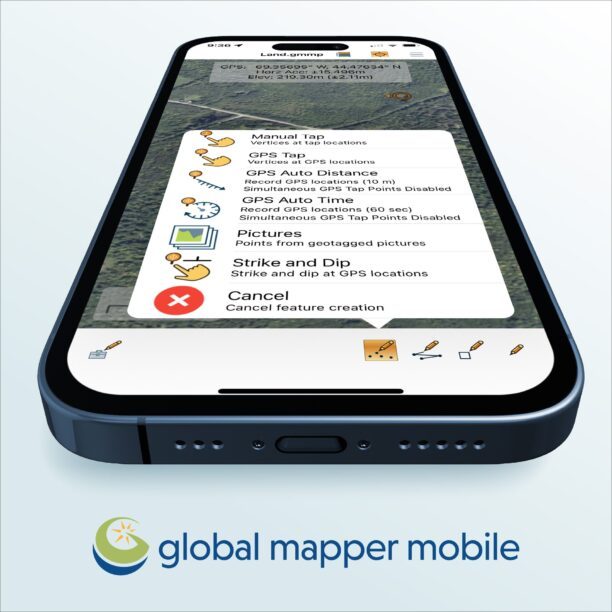

Leave a Reply